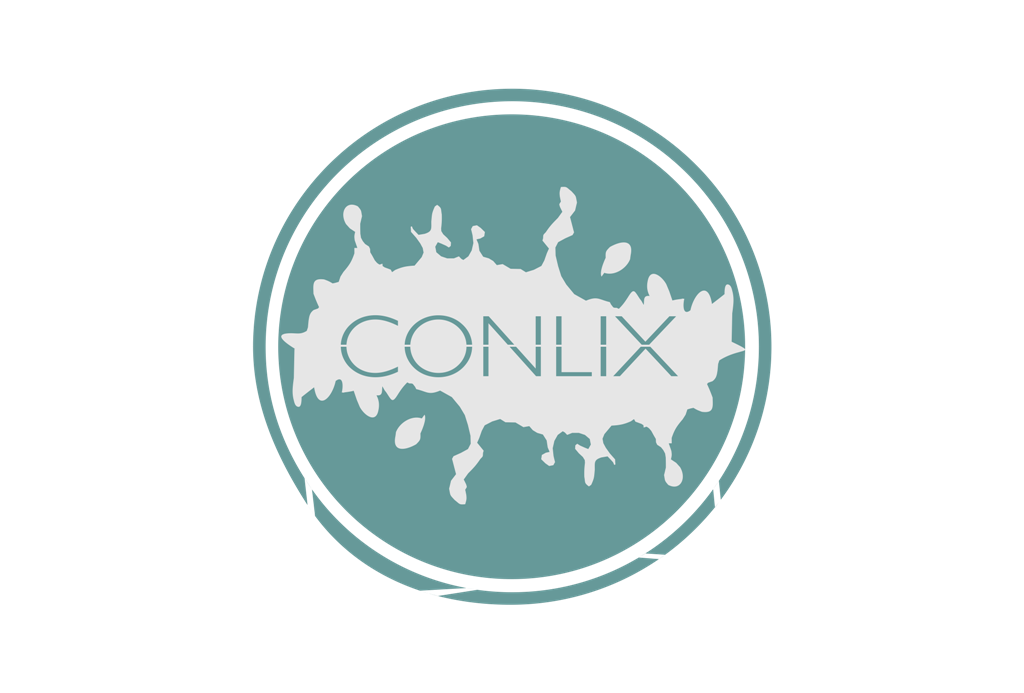The Benefits of Fiber-Reinforced Concrete
The Benefits of Fiber-Reinforced Concrete are gaining increasing recognition in the construction and infrastructure sectors. This modern advancement in concrete technology allows structures to be more durable, longer-lasting, and easier to maintain—turning traditional concrete into a smart investment for builders and contractors worldwide.
The Benefits of Fiber-Reinforced Concrete in Modern Construction
Fiber-reinforced concrete (FRC) is made by mixing fibrous materials—such as steel, glass, synthetic, or natural fibers—into traditional concrete. These fibers act like reinforcement bars within the concrete mix, helping improve its strength and performance under stress. By incorporating fibers straight into the mix, engineers can often reduce or even eliminate the need for traditional reinforcement methods like rebar or mesh.
One of the most notable advantages of using fiber-reinforced concrete is its ability to resist cracking. Micro-cracks in traditional concrete can spread over time, causing damage and limiting the effectiveness of a structure. But with FRC, fibers hold the material together tightly, which helps prevent these cracks from developing or spreading.
How FRC Improves Durability in Real-World Applications
FRC isn’t just a lab-developed solution—it performs powerfully in real-world scenarios. Whether it’s building highways, industrial floors, tunnel linings, or airport runways, this material proves its strength again and again. It resists impact, abrasion, and changes due to weather and heavy loads much better than traditional concrete.
In fact, many professionals now turn to FRC as a reliable solution in high-traffic or high-stress environments. For instance, flooring in warehouses needs to withstand continuous forklift operation and heavy pallet loads, which can easily crack standard concrete. FRC provides a safer, low-maintenance surface that reduces repair costs and downtime.
Why Contractors Are Turning to The Benefits of Fiber-Reinforced Concrete
Contractors often face the challenge of balancing performance with efficiency, and that’s where The Benefits of Fiber-Reinforced Concrete really shine. Compared to steel-reinforced slabs, FRC can be faster and cheaper to install. Since the fibers are mixed directly into the concrete before pouring, there’s no need for placing or tying additional reinforcement, saving both time and labor.
Additionally, less maintenance is needed, especially in outdoor or industrial applications where fractures and heavy wear are common. FRC’s endurance not only lowers repair frequency, it maintains the structure’s performance over a longer period, paying dividends in many construction sectors.
Cost-Saving Examples in Construction Projects
Real-life construction projects have highlighted just how cost-effective FRC can be. For example, logistics centers that previously dealt with regular floor repairs due to cracking found success switching to fiber-reinforced options. Not only did these redesigned concrete floors stay intact longer, but they also reduced downtime for maintenance crews and boosted overall warehouse performance.
Furthermore, public infrastructure, such as bridges and sidewalks, face similar gains. When engineers use fiber-reinforced concrete in public works, it contributes to stronger structures built to survive the test of time—and the elements. Just like adding rebar, but with less hassle and often better results, especially in freeze-thaw zones or locations with heavy vibration and foot traffic.
Understanding Structural Value Through The Benefits of Fiber-Reinforced Concrete
The rise of fiber-reinforced materials reflects a broader trend in the building industry toward smarter and more efficient materials. With FRC, structural flexibility improves. Not only does it resist cracking and impact, but it also supports flexible design approaches that would be difficult with traditional concrete.
Another important detail is how FRC can help in seismic-prone areas. The added flexibility and cohesion from fibers help buildings and roads withstand small ground movements, which could otherwise devastate rigid structures. By spreading loads more evenly across the concrete body, FRC can contribute to resilience in natural disasters, acting like a shock absorber within the construction.
Choosing the Right Technologies for Modern Projects
When deciding on the right material for a project, builders and architects consider many factors: cost, weight, durability, and maintenance. Fiber-reinforced concrete often wins by providing a balance between all four. Every type of fiber brings different properties, so the mix can be tailored based on the job—whether that means increased ductility from synthetic fibers or superior strength with steel fibers.
Furthermore, with information available about improvements in FRC mixing and placement tools, even smaller-scale builders can access the advantages of this concrete style without specialized knowledge or facilities. It’s not just for big government projects anymore—it’s becoming an industry standard.
Final Thoughts on The Benefits of Fiber-Reinforced Concrete
In summary, The Benefits of Fiber-Reinforced Concrete go far beyond its name. It enhances structural durability, saves costs, supports sustainability, and adapts to modern construction needs. From boosting crack resistance to cutting down on labor and long-term maintenance, this material is setting a new benchmark in how we build and maintain our infrastructure.
As innovations in construction continue to ramp up, industry professionals who turn to smart materials like FRC are not only future-proofing their projects—they’re also aligning with safer, faster, and more efficient building practices. Like the fibers themselves, these forward-thinking decisions are what hold the future of modern construction together.
